Book of the Day Roundup: September 9-13, 2024
The Remarkables
The Most Incredible Children I’ve Met ― So Far!
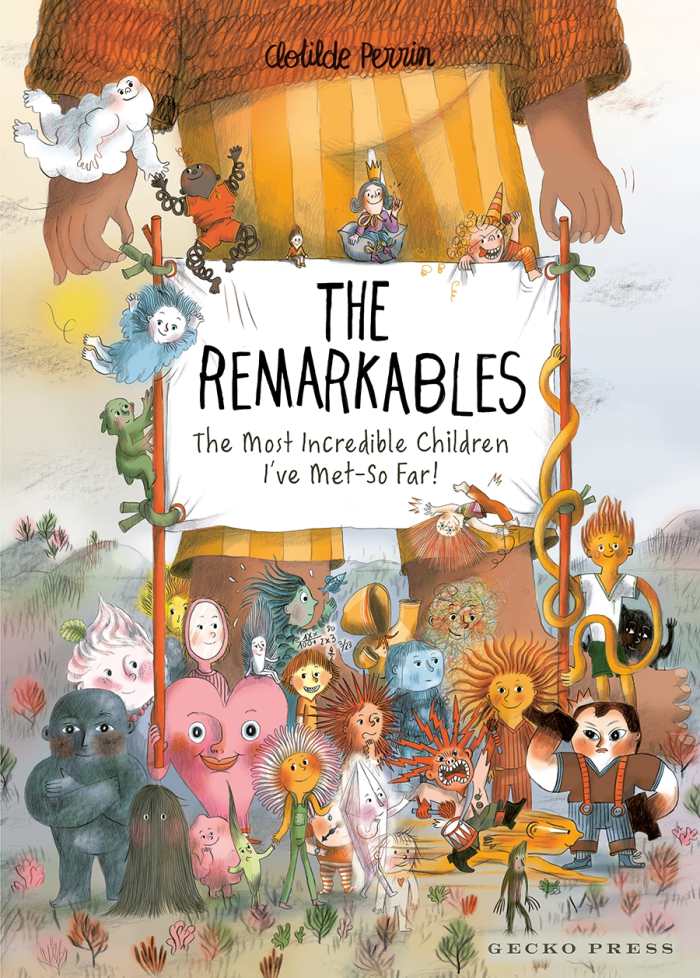
Clotilde Perrin, author, illustrator
Daniel Hahn, translator
Gecko Press
Hardcover $24.99 (72pp)
978-1-77657-504-6
Buy: Local Bookstore (Bookshop)
The author makes the introductions in this tongue-in-cheek, wild ride of a picture book about remarkable children—some of them fantastical, others closer to reality than you think. Each child receives a detailed spread with multiple illustrations regarding their special talents and origin stories. Children are sure to pick favorites from this colorful cast, including a child made of sugar, a child who is full of surprises, and a child who can fit into anything. Older reading helpers will appreciate the satirical touches throughout.
DANIELLE BALLANTYNE (August 14, 2024)
Modern Creole
A Taste of New Orleans Culture and Cuisine
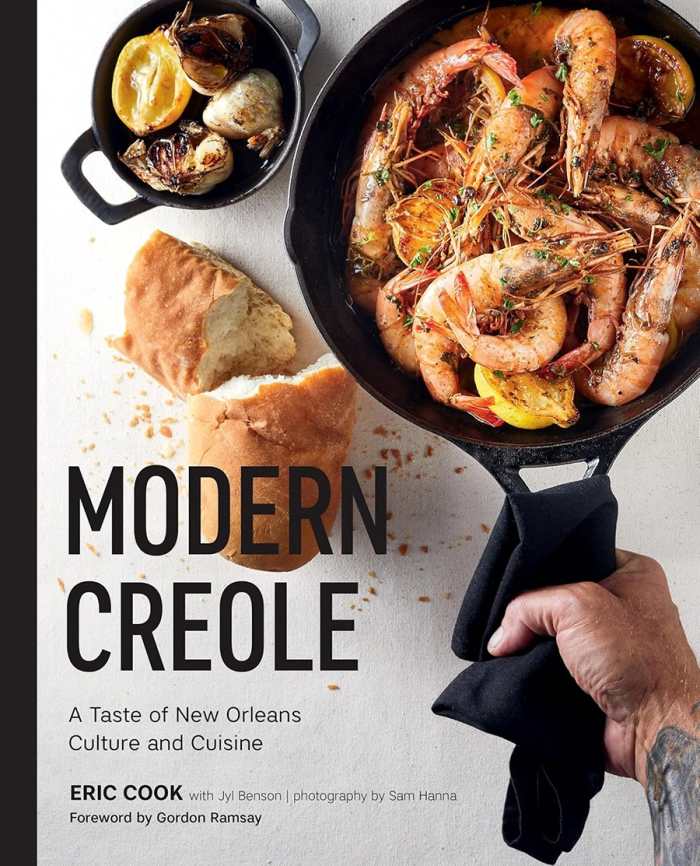
Eric Cook
Sam Hanna, photographer
Gordon Ramsay, contributor
Gibbs Smith
Hardcover $35.00 (224pp)
978-1-4236-6544-1
Buy: Local Bookstore (Bookshop)
Eric Cook shows off the bold flavors and spirit of multicultural New Orleans and his Gris-Gris and Saint John restaurants in the vibrant cookbook Modern Creole.
Cook grew up crabbing, hunting, and fishing in south Louisiana, developing a love for its seafood and game. His attuned version of cooking with the seasons pays attention to the rhythms of Carnival, Jazz Fest, and the running of the crawfish. Indeed, these dishes are at once elegant and homey. They emphasize freshness, quality, and regional pantry staples like sugarcane vinegar and mirlitons. There are inspired concoctions like Macaroni Pie with Creole Red Gravy and Hot Shrimp Remoulade on Fried Green Tomatoes, which is topped with a contemporary chow chow that’s packed with roasted corn and pickled okra. Pan-Fried Frog Legs with Garlic Butter appear, as do Chicken Gizzard Grillades with Stone-Ground Grits.
“One of my favorite things about cooking,” Cook says, “is the simple joy of the aromas that can perfume the kitchen, and the entire house for that matter.” And since some tasty crowd-pleasers with their brown ingredients and gravies can look drab on the plate, the more unphotogenic restaurant favorites are honored via colorful still-life shots of their assembled uncooked ingredients.
Emphasizing hospitality, the book begins with recipes for inventive cocktails flavored with “voodoo nuances” and spicy, unexpected ingredients. The Midnight Sun is a creative brew of orange gin, blueberry shrub, lime juice, prosecco, and blueberries, licked with a rim of black lava sea salt. Cook notes that these potent potables can also be made as mocktails to include sober buddies and designated drivers in the celebration. The beverage chapter also highlights a variety of fun cocktail snacks, including Artichoke Boulettes and Duck Poppers, to get the party rolling.
With heartfelt recipe introductions, Modern Creole is an exuberant showcase of a talented chef’s vibrant Southern food style.
RACHEL JAGARESKI (August 14, 2024)
The Light Between Us
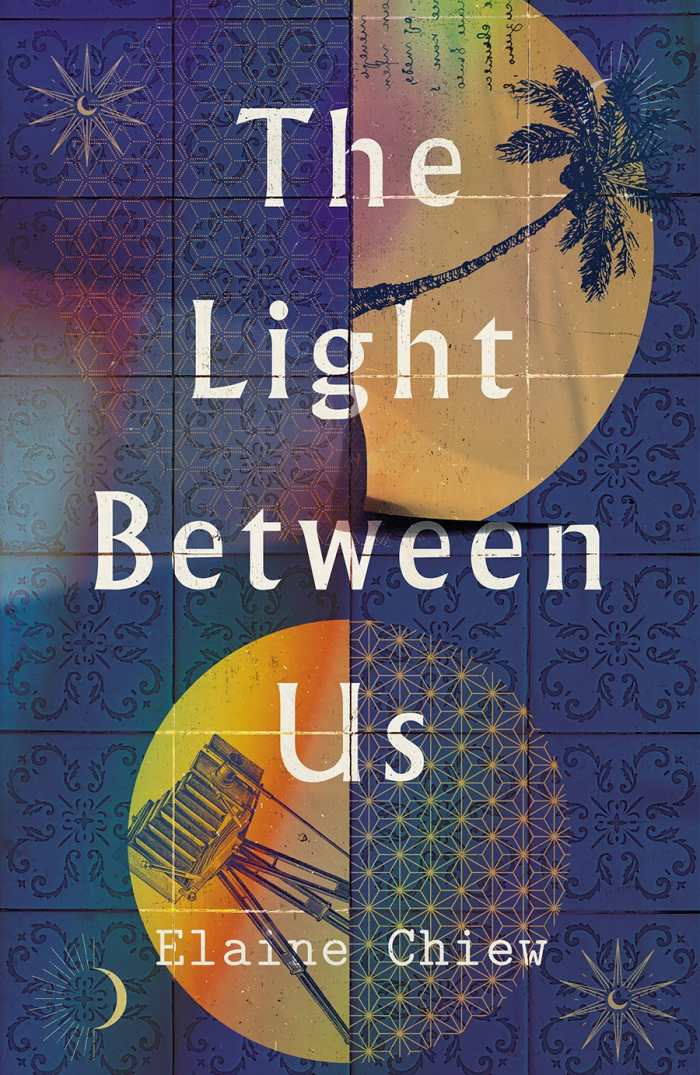
Elaine Chiew
Neem Tree Press
Hardcover $27.95 (336pp)
978-1-915584-77-9
A Chinese photographer in colonial Singapore and a museum archivist forge a connection through their yearning, time-crossing correspondence in Elaine Chiew’s mesmerizing speculative novel The Light Between Us.
In 1920, Tian Wei runs a popular studio. When he spies a glass negative that’s dated with a future time, he’s curious. In 2019, Charlie is an archivist who lives among “historical ghosts.” Strange glimmerings occur, and her computer receives a letter from the past, signed by Tian Wei, concerning Aiko, a missing Japanese girl. This stirs empathy within Charlie, who otherwise restrains her emotions.
Unfurling fascinating histories and layering cities upon cities (here, the post-Versailles Treaty version of Singapore is marked by anti-Japanese prejudices, a brewing Kuomintang presence, and multilingualism, whereas contemporary Singapore is a sophisticated, art-filled stage for Charlie’s tense reckonings with her wealthy stepfamily), the novel trades between its vibrant leads. The two are similar in multiple ways—including in that they’re both outsiders in their respective circles. Further, mysterious details surround Aiko’s disappearance and the “quantum entanglement” that permits Charlie to learn about it.
The duo’s time-defying, flourish-filled letters intensify over time. In them, Tian Wei cultivates British affectations, and Charlie employs a puzzling scientific vocabulary. As unspoken questions about how their improbable entanglement might conclude gather, a powerful theme is revealed: photographic theories allow vulnerable Charlie to make sense of her pain and desire. Though her encounters with Tian Wei are fleeting, they leave lasting imprints.
A tender, inventive exploration of diaspora histories, The Light Between Us is a spectral novel in which art joins two star-crossed lovers.
KAREN RIGBY (August 14, 2024)
Serendipity
The Unexpected in Science
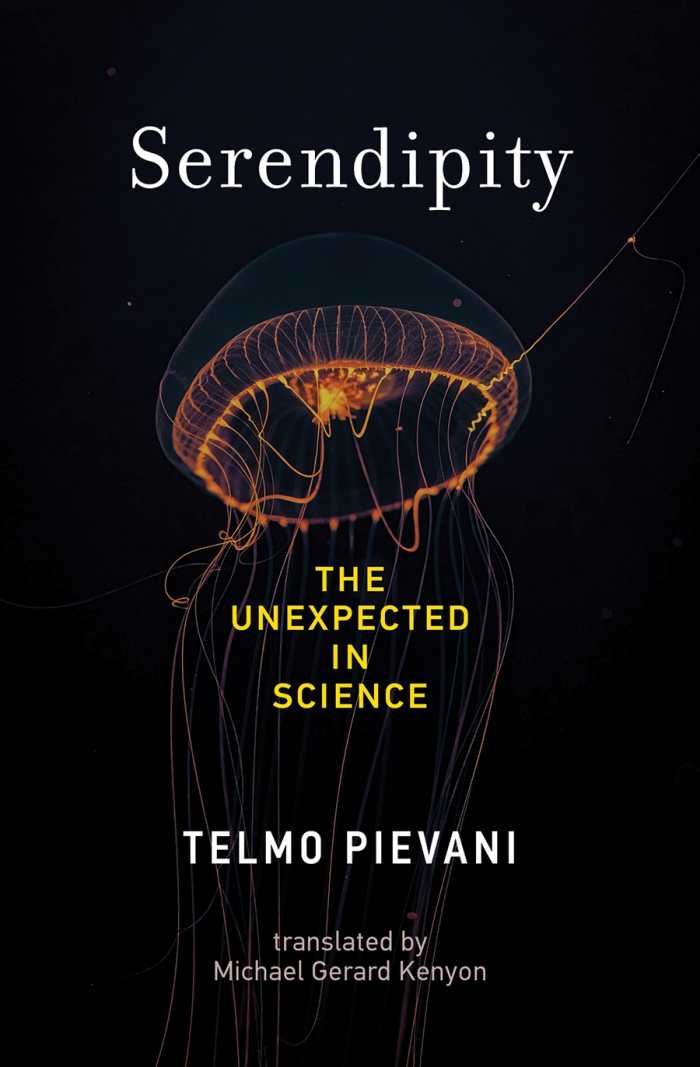
Telmo Pievani
Michael Gerard Kenyon, translator
The MIT Press
Hardcover $26.95 (216pp)
978-0-262-04915-3
Buy: Local Bookstore (Bookshop)
Telmo Pievani’s provocative book Serendipity integrates literature, philosophy, and science to explore an idea crucial to scientific discovery.
Pievani notes that in the Persian fairy tale “The Three Princes of Serendip,” wandering men try to make sense of what they see. Horace Walpole, misinterpreting the tale, coined the word “serendipity” in 1754 to mean “accidental sagacity” or “discovering things you are not in quest of.” The term was used in religious studies and medicine before it “broke through the invisible barrier” in the mid-twentieth century to be used in science.
Pievani distinguishes between weak serendipity (discovering what you were looking for through good luck) and strong serendipity (discovering something you really were not looking for). His book makes frequent reference to Robert Merton, who “rightly pointed out” that chance observation is serendipitous only if it deviates from expectations and is “somehow disorienting” as well as useful and relevant. Citing numerous examples, from the profound to the practical, it describes the discoveries of penicillin, X-rays, cornflakes, nonstick coatings, and radio pulsations from interplanetary space. It also details the invention of Velcro after its creator pulled burdock burrs from his clothes and the development of Post-it notes after a researcher applied a failed adhesive to bookmark a hymnal.
Probing philosophical questions are considered: If serendipity is the unexpected bursting onto the scene, what are the roles of planning, preparation, and tenacity? Can serendipitous randomness ever become “too democratic”? That is, can anyone discover wonderful things? Do “errors” in research contribute to unexpected outcomes? Looking ahead, the book argues for a “slower science” that is “free from the pressure to arrive at certain results” due to competition, economic and market interests, or social emergencies.
Serendipity is a comprehensive, penetrating analysis of the role of the unexpected in scientific exploration.
KRISTEN RABE (August 14, 2024)
The Last Whaler
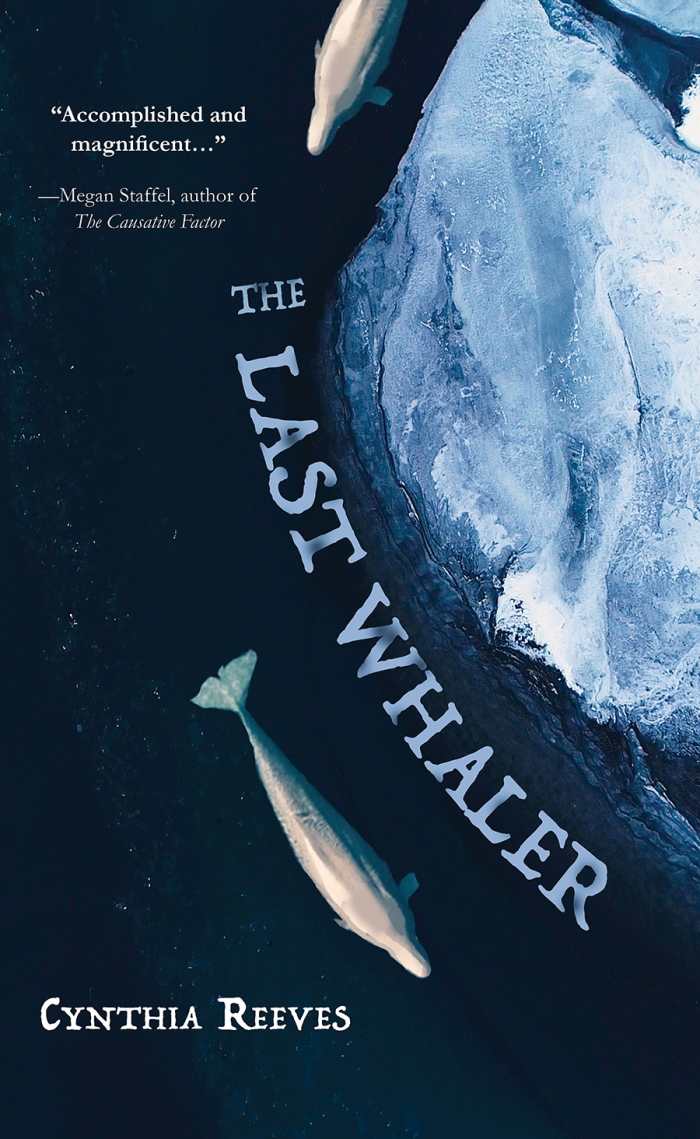
Cynthia Reeves
Regal House Publishing
Softcover $20.95 (326pp)
978-1-64603-508-3
Buy: Local Bookstore (Bookshop)
A whaler and his wife experience a tragedy and new beginnings in Cynthia Reeves’s poignant historical novel The Last Whaler.
Tor loves whaling. Each summer, he leaves his family in Norway and sails to icy Svalbard to hunt. But Tor’s wife, Astrid, is haunted by the loss of their son, Birk, and feels desperate on the farm without him. Though he’s reluctant, Tor allows Astrid to accompany him to the whaling station. There, he and Astrid begin again, rekindling their romance and finding beauty in the unforgiving land where life is fragile. The Arctic weather, looming war, and Astrid’s mental health lead to uncertainties, while an unexpected pregnancy and a missed window for escape propel the couple toward tragedy again.
The book begins a decade after Astrid’s summer at the whaling station, when Tor returns to make peace with her death. Its timelines and narratives braid together—in effect, mirroring the tumult of the couple’s last year. Astrid’s letters to Birk chronicle her descent into despair, while Tor’s retelling years later supplements her narrative, detailing his grief and guilt over his family’s deaths. Both narratives are raw and heartrending, with the couple unabashed about discussing topics like mental and maternal health and the impact of the loss on their intimacy.
The descriptions of the harsh Arctic landscape are lucid, at times ethereal. Nature plays a prominent role in Tor and Astrid’s relationship: the “soft clink” of “silvery bubbles” whispers to Tor as he grieves; Astrid searches for an undiscovered plant species to name in Birk’s honor. And if without mitigating the deep, irreversible losses experienced by all involved, the story’s somber conclusion brims with hope.
The Last Whaler is a vibrant historical novel in which grief and triumph are set against the severe Arctic wilderness.
VIVIAN TURNBULL (August 14, 2024)
Kathy Young
